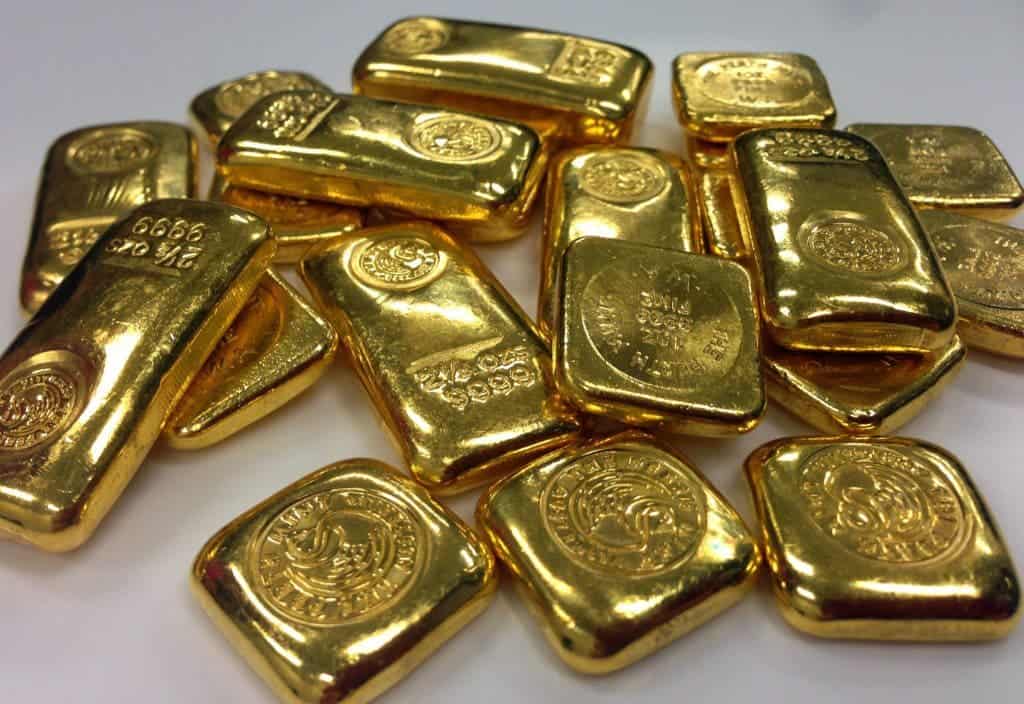One million times thinner than a human fingernail — that’s how thin is the new form of gold created by a group of scientists at the University of Leeds. It’s the thinnest unsupported gold ever created.

The material is essentially regarded as 2-D (like graphene) because it comprises just two layers of atoms sitting on top of one another. This form gives the newly discovered gold the potential to be used more efficiently, with wide-scale applications in the medical and electronic industries.
The gold flakes are flexible, which means they could be used in bendable screens, electronic inks and transparent conducting displays, plus tests indicate that the material is 10 times more efficient as a catalytic substrate than the currently used gold nanoparticles.
“This work amounts to a landmark achievement. Not only does it open up the possibility that gold can be used more efficiently in existing technologies, but it is also providing a route which would allow material scientists to develop other 2-D metals,” said Dr. Sunjie Ye, lead author of the paper, published in the journal Advanced Science.
Synthesizing the gold nanosheet takes place in an aqueous solution and starts with chloroauric acid, an inorganic substance that contains gold. It is reduced to its metallic form in the presence of a ‘confinement agent’ – a chemical that encourages the gold to form as a sheet, just two atoms thick.
Because of the gold’s nanoscale dimensions, it appears green in water—and given its shape, the researchers describe it as gold nano-seaweed. Images taken from an electron microscope reveal the way the gold atoms have formed into a highly organized lattice. Other images show gold nano-seaweed that has been artificially colored.
The invention billed as a “landmark achievement” by researchers, also sheds more light on the creation of 2D materials altogether. According to the team, the method used to create the gold “could innovate nanomaterial manufacturing,” and the researchers are now focusing on ways to scale up the process.
Graphene, for example, was the much-lauded poster child of 2D materials when it was created in 2004 — but has faced a number of hurdles in large-scale use. With 2D gold, however, its potential is much clearer, researchers say.
“I think with 2-D gold we have got some very definite ideas about where it could be used, particularly in catalytic reactions and enzymatic reactions,” Professor Stephen Evans, who supervised the research, said. “We know it will be more effective than existing technologies—so we have something that we believe people will be interested in developing with us.”









